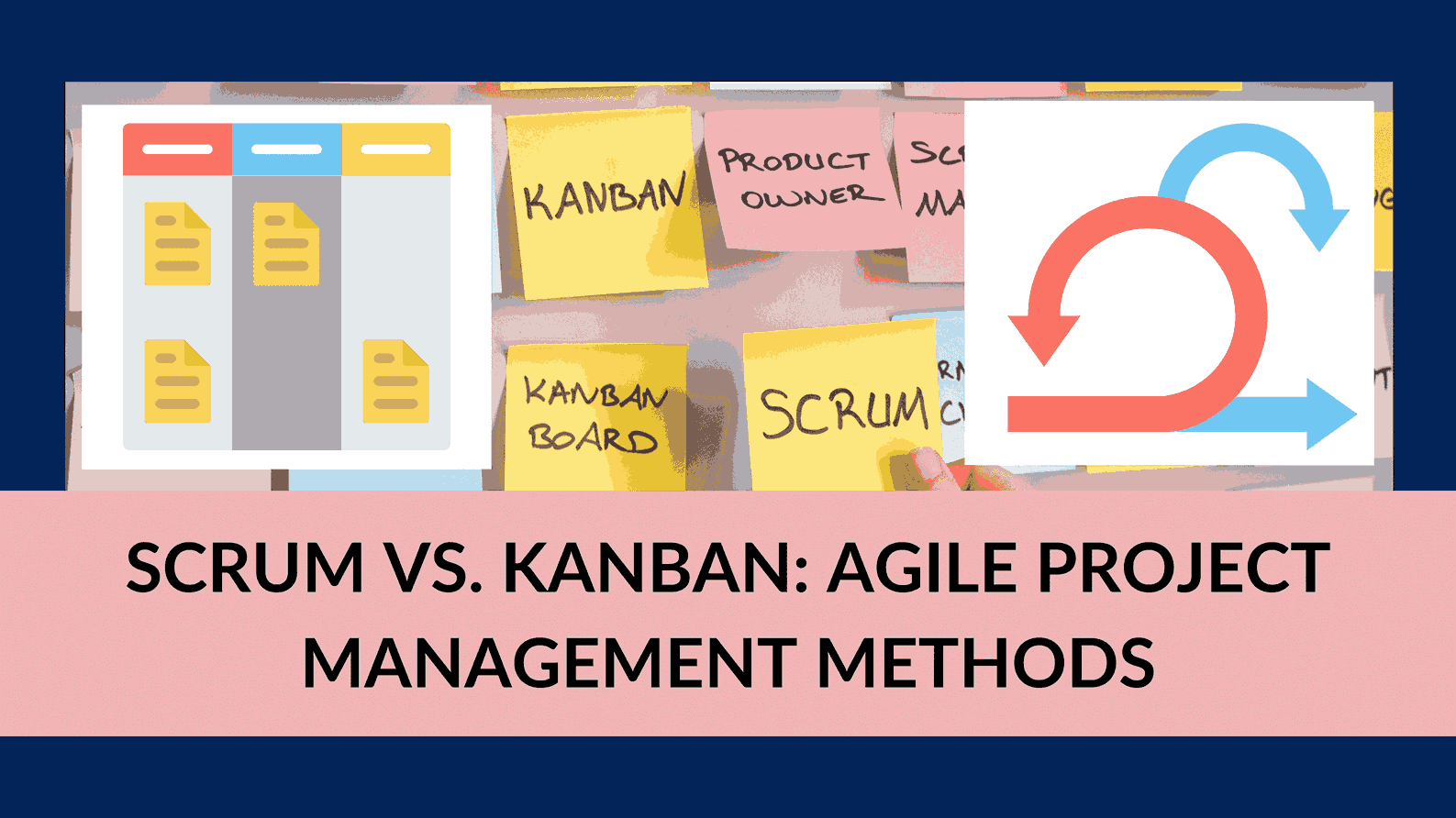Scrum vs. Kanban: Agile Project Management Methods


Scrum vs. Kanban: Agile Project Management Methods
Kanban and Scrum are two prominent project management methodologies that thrive on Agile principles. They both emphasize continuous improvement and incremental task completion, making them invaluable tools for project teams. But these methodologies take different paths to achieve the same goal. In this article, we’ll delve into the world of Scrum and Kanban, explore their differences, and help you understand when to use each.
Kanban vs. Scrum: What’s the Difference?
Kanban and Scrum, while both rooted in Agile principles, have distinct characteristics that set them apart.
What is Kanban?
Kanban is a visual project management method that revolves around tracking tasks and optimizing project efficiency. At its core is the Kanban board, which can be physical or digital, dividing project phases into columns. Each task is represented by a card that moves from one column to the next until it’s completed.
Kanban offers several benefits, including improved visibility of workflow, increased delivery speed, enhanced predictability, and better alignment with business objectives and key results. It combines elements from both Agile and Lean approaches and is often used in conjunction with Scrum in a hybrid process known as Scrumban.
Key concepts in Kanban include:
- Definition of Workflow (DoW): This defines key aspects of the Kanban workflow, such as what constitutes “started” or “finished” and how long it should take for an item to progress through the columns.
- Work in Progress (WIP) Limits: Teams can set limits on the number of cards in a column. This helps uncover bottlenecks and ensures a focus on task completion before taking on new ones.
- Kaizen: Meaning “improvement” in Japanese, this concept encourages continuous process enhancement, involving the entire team, not just managers.
For more insights on Kanban, check out this resource.
What is Scrum?
Scrum, on the other hand, is an Agile methodology designed for complex projects that require adaptability. It employs short development cycles, known as sprints, which usually last from one to four weeks. A Scrum team is small, self-organized, and consists of a Scrum Master, a product owner, and a development team. Scrum embraces an iterative approach to project completion, delivering tasks in stages to accommodate changes and evolving priorities.
Scrum is founded on three pillars: adaptation, transparency, and inspection. It can readily adapt to tactical shifts, maintains transparency to ensure everyone is informed, and encourages consistent project inspection for improvement. Additionally, Scrum upholds five core values: courage, focus, commitment, respect, and openness, promoting clear communication and individual ownership within the team.
To delve deeper into Scrum, you can refer to this informative article.
When to Use Kanban or Scrum
The choice between Kanban and Scrum often depends on the project’s nature and requirements. Here’s a breakdown to help you decide:
Use Kanban if:
- Your project demands continuous flow and incremental improvements.
- You prioritize visualizing tasks and minimizing workflow bottlenecks.
- Task completion times vary and aren’t pre-defined.
- You want a flexible methodology that can complement other processes like Scrum in a hybrid setup (Scrumban).
Use Scrum if:
- Your project involves complex, evolving requirements.
- You prefer short, structured sprints with specific roles (Scrum Master, product owner, and development team).
- You require clear milestones and regular releases.
- Your team can benefit from embracing Scrum’s core values and Agile principles.
In some cases, using both Kanban and Scrum together can maximize the benefits they offer. This hybrid approach allows you to embrace the strengths of both methodologies, ensuring flexibility and structured progress in your project.
For more guidance on when to use each methodology, check out this comprehensive resource.
In conclusion, whether you choose Kanban, Scrum, or a combination of both, Agile methodologies like these can significantly enhance your project management and streamline the path to successful project completion. Understanding the differences and knowing when to use each method empowers you to make informed decisions for your project’s specific needs.





